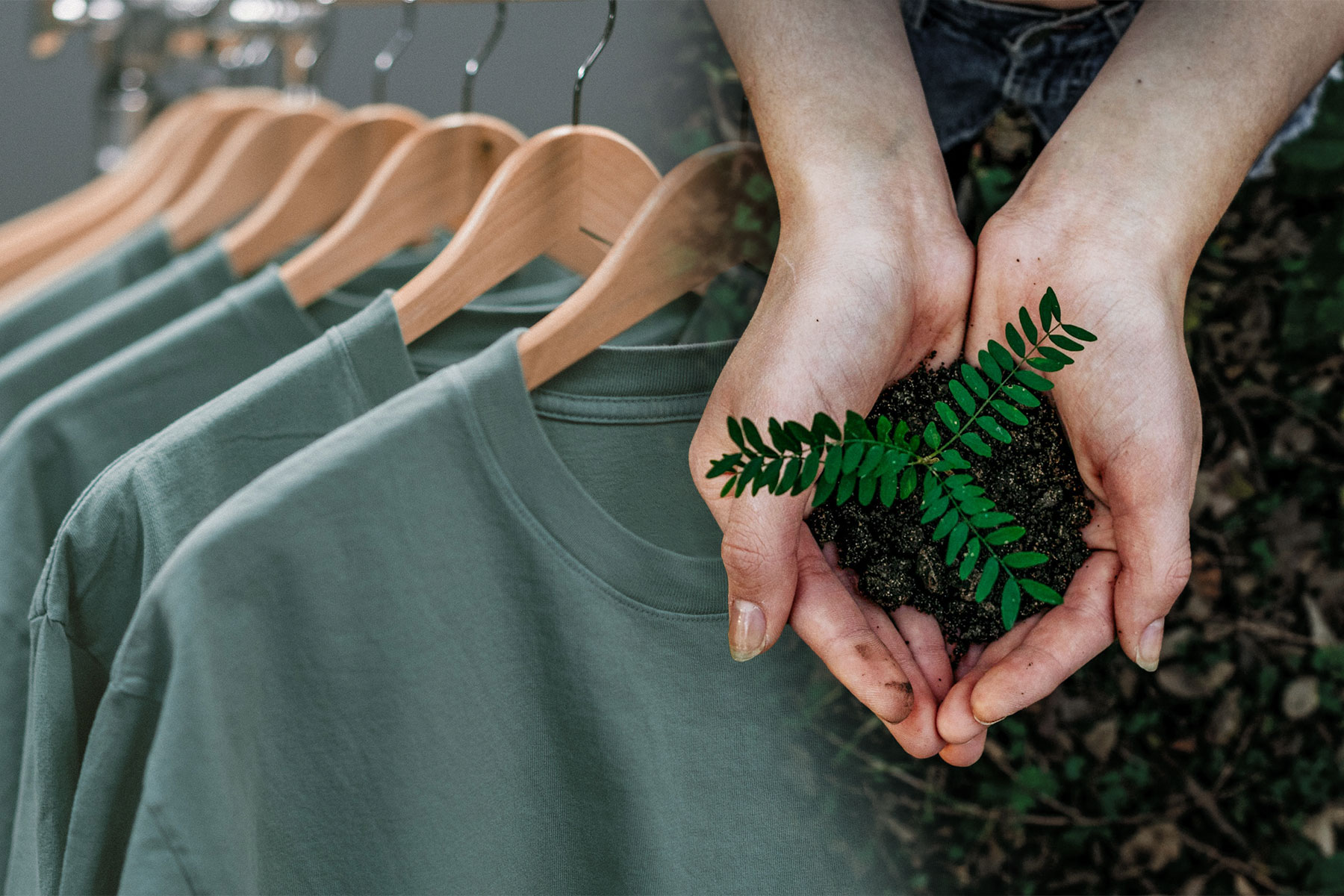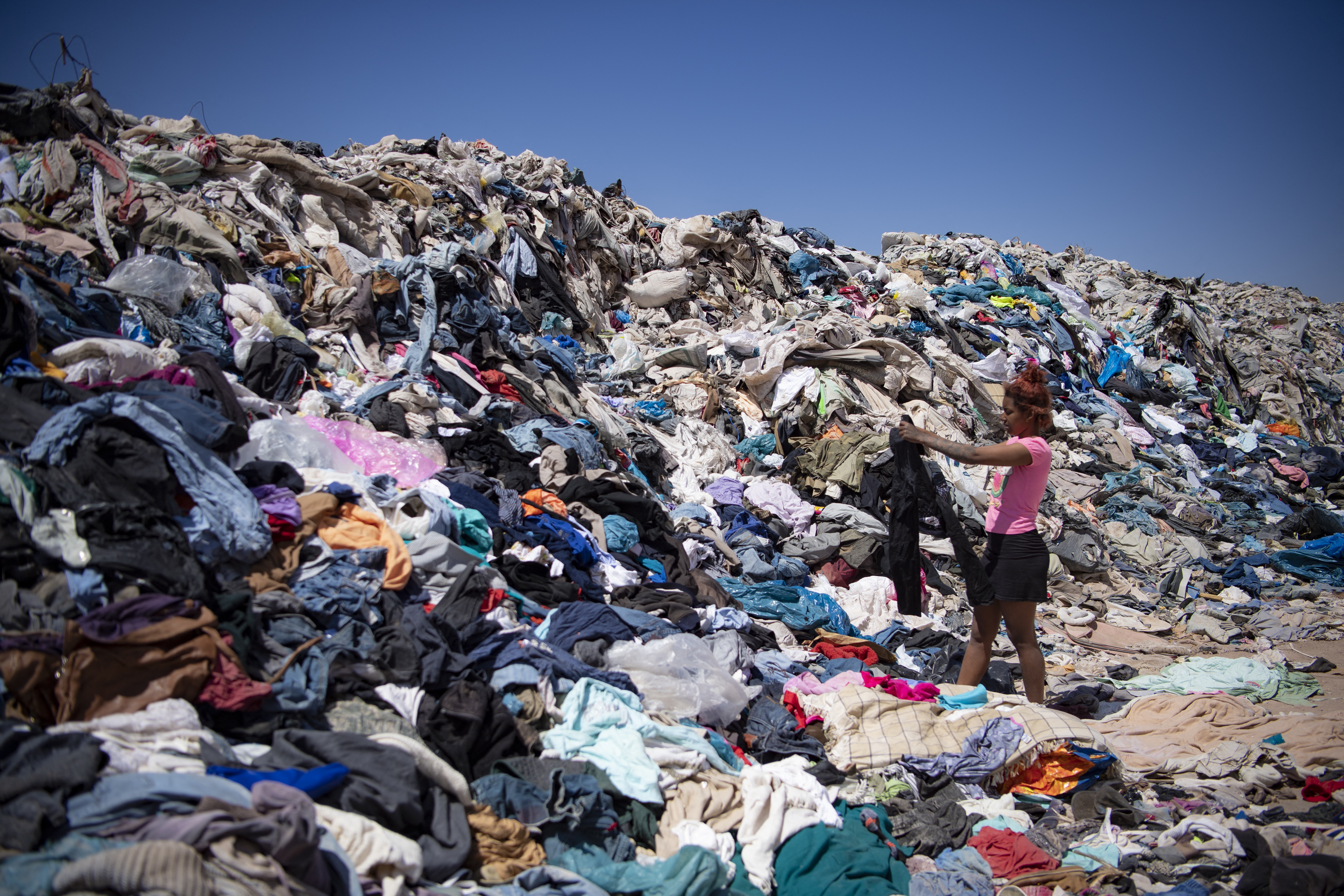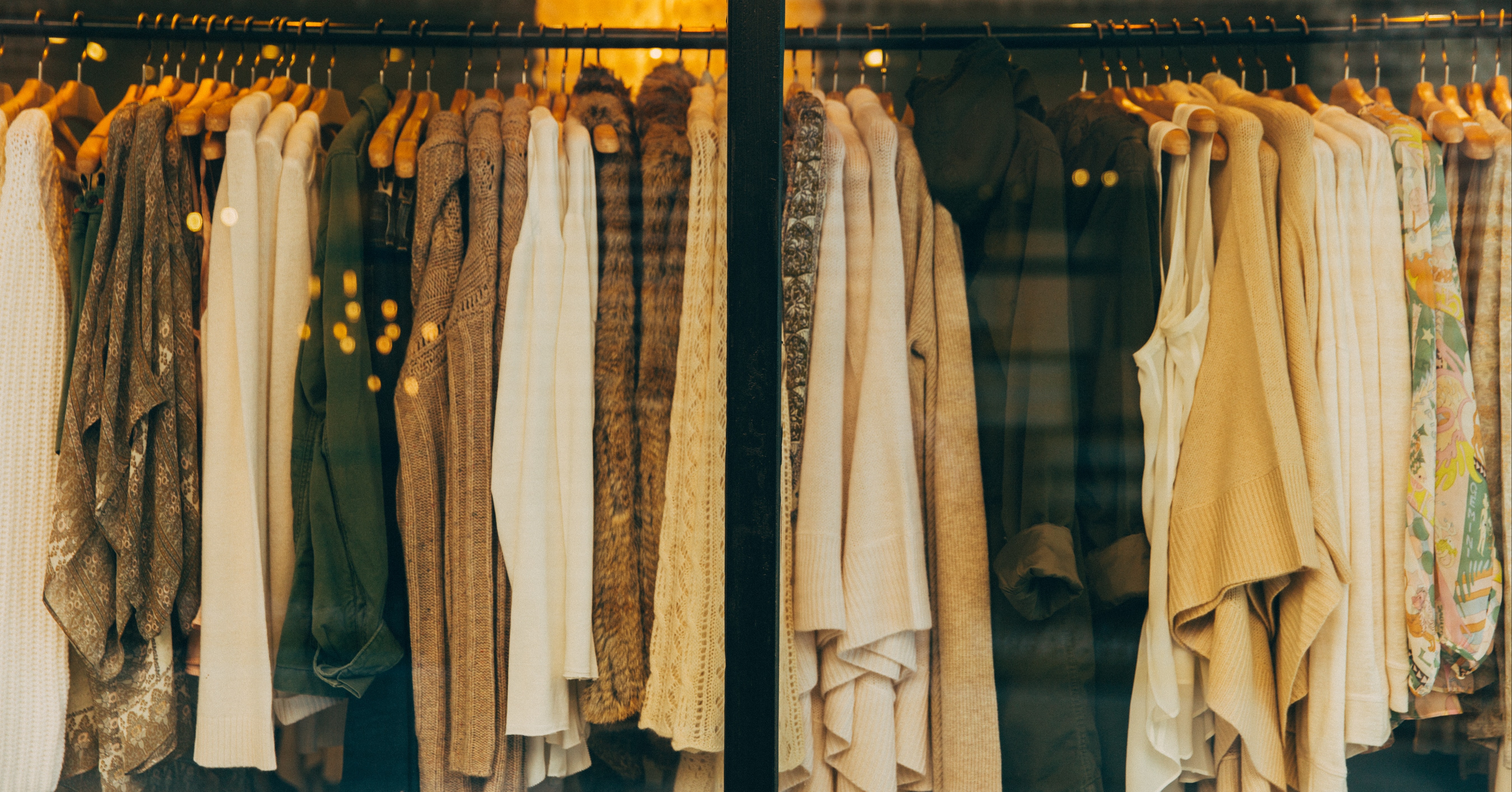
We understand sustainable fashion or “slow fashion” as a reference to the movement that promotes an ethical and sustainable way of manufacturing garments. In other words, it is a way to damage the environment as little as possible during the development of the textile industry.
The textile industry is one of the largest industries worldwide and therefore has a great impact on the environment. It is linked to many other industries as it is a process that involves many factors and movements: extraction of raw materials, manufacturing of garments, transportation of garments, etc.
Some data about the topic
We’ve uncovered remarkable insights about the textile industry. For instance, out of the 100 billion garments produced annually, a staggering 92 million tons find their way to landfills. The average US consumer discards 82 lbs of clothing every year, and the fashion industry alone accounts for over 8% of the total global carbon emissions.
Furthermore, what’s equally striking is the upward trend in these statistics each year. There’s no denying the magnitude of this issue, and both companies and consumers can take action to be part of the solution. We’ll elaborate on these actions below.
Unlike the traditional textile industry, which frequently contributes to environmental degradation through excessive waste, our company takes a distinct approach. Our core philosophy revolves around an innovative clothing utilization model. This strategy empowers us to take proactive measures in addressing environmental challenges. Through a strong emphasis on sustainability and responsible consumption, we serve as a catalyst for change within the industry.

Now, we have gained awareness of the substantial environmental impact of this industry, and it’s imperative to discern and implement solutions. Specifically, companies must undertake rapid changes, a matter of utmost significance. This stands in contrast to Unlike us approach, characterized by distinctive values that set us apart. Let’s delve into a few examples of the requisite actions:”
1- Carbon neutralization

It is necessary for fashion companies, especially the big brands, to reduce their carbon emissions to help combat climate change. Plans have already been made to do this, and the UN has already proposed a charter that has been signed by 43 major brands, setting as a goal that companies reduce their emissions by 30% by 2030 and produce no emissions by 2050.
2- Make changes in the supply process
he supply chain represents a significant and intricate component of this industry. To make a meaningful impact, a transformation in the garment manufacturing process is essential. Several companies have already pledged to meet the highest industry standards for at least 70% of their supply chains. Furthermore, each company should implement the changes it deems necessary, including material changes to benefit the environment.
3- Develop a new business model
Until now, we’ve explored methods of instigating change through the production of new clothing. However, an equally potent approach lies in reusing garments whenever possible. Establishing a circular fashion economy, where companies focus on reclaiming and reusing previously sold garments, could significantly alleviate environmental issues. Some companies, for instance, are considering campaigns to repurchase clothing at 20% of their original price to ‘complete the circle.
4 – Motivate new generations

While not directly linked to garment treatment or production, it bears substantial importance. Raising awareness among today’s youth, the largest consumer group for clothing and the future industry leaders, is crucial. We must educate designers in eco-friendly practices, equip sales managers with environmental audit expertise, and endow production managers with skills to reduce environmental impact. Encouraging people to withhold support from industries with unsustainable practices proves the most effective approach to pressure companies into making transformative changes.
About costumers…
Undoubtedly, companies, as mentioned, must be the pioneers in adopting changes to secure the environment’s not-so-distant future. Nevertheless, the customers of these companies, who are, in the end, the ones making purchases, can also collectively contribute to driving significant change. Here are some actions you, as a customer, can take to embrace a sustainable fashion model and bolster the movement:
1- Organize your closet

If you wish to shop for eco-friendly clothing, begin by evaluating your existing wardrobe. Determine what you can repurpose and share, promoting sustainability. Once you have a clear picture of your closet, create a list of sustainable pieces that complement your outfits for different occasions. Many times, it’s not about acquiring more clothing, but about refreshing your current wardrobe.
2 – “Long-term” fashion
Following current fashion trends often results in unsustainable clothing choices. This cycle leads to frequent garment purchases and rapid disposal of recently acquired items. Instead, opt for clothing and accessories with long-term wearability, reducing the urge to buy new ones.
Additionally, seek versatile, eco-friendly products like bags or backpacks suitable for various purposes, including school and beyond. This approach minimizes the need for frequent purchases. Explore brands with a strong focus on sustainability, ensuring you find the clothing that aligns with your preferences, making them your preferred choice.
3 – Different ways of consumption

Clothing consumption habits are evolving, offering multiple opportunities for reusing garments and encouraging others to do the same. A new trend in the fashion industry, known as ‘Fashion Sharing,’ involves clothing rental subscriptions. This approach allows you to embrace fashion while minimizing your environmental footprint and optimizing both usage and expenses.
Responsible Shopping: An intelligent alternative is to explore traditional thrift stores, where pre-owned garments are available at significantly lower prices than the originals. This presents an opportunity to repurpose these garments and reduce their environmental impact.
Creative Transformation: Another intriguing trend is ‘Upcycling,’ a creative process that breathes new life into garments or modifies their shapes. This practice not only promotes product reuse but also enables you to fashion new clothing from existing pieces.
In conclusion, these strategies offer valuable choices for embracing a sustainable fashion approach and mindfully adjusting our consumption habits, all without significant financial strain. If you have concerns about the cost of adopting eco-friendly consumption practices, our aim is to address those worries and provide practical guidance.
4 – Learn about the materials you buy and the impact they have.

Awareness of the Environmental Impact of Garment Choices: It is essential to consider the impact of the materials in our purchases in order to adopt a sustainable approach. Generally speaking, it is wise to avoid synthetic fabrics, such as polyester, which is found in approximately 55% of our garments.
This material involves fossil fuels in its production and takes years to decompose. We should also pay attention to natural fabrics, such as organic cotton, which requires less water in its cultivation compared to conventional cotton and does not use pesticides. An optimal option is to look for garments that have sustainability certifications. These certifications guarantee that the fabrics and materials used have a limited impact on the environment.
For example, the Global Organic Textile Standard applies to cotton and wool, while the Leather Working Group offers certifications for leather and the Forest Stewardship Council does so for viscose.
5 – Give your clothes a second life
Prolonging the useful life of our garments is crucial to minimize their ecological footprint and prevent premature disposal in landfills. One effective way to care for our clothing is by avoiding excessive washing, which also helps reduce CO2 emissions and conserve water. Additionally, choosing repair over disposal at the first sign of wear and tear is advisable.
Sustainable fashion represents more than just a passing trend; it signifies a commitment to environmental responsibility and an awareness of the impacts our clothing choices exert on the world. In this context, our service proudly aligns with the core values of sustainable fashion. We strive to provide our customers with a fresh and exciting alternative for integrating sustainability into their daily lives.
Our business model
Our approach is distinct. With our monthly subscription, you receive a rotating collection of top-notch, gently used clothing. Every piece is handpicked and in superb condition. This not only offers a diverse range of styles but also lessens the need for new garment production, resulting in reduced environmental impact. We’re here to demonstrate that you can maintain a fantastic and stylish appearance while staying true to your sustainable principles.
If you want to be part of the movement towards more conscious and sustainable fashion, our service is the perfect choice for you. We invite you to join us on this journey towards a more responsible and attractive lifestyle. Together, we can make a difference, one garment at a time.

